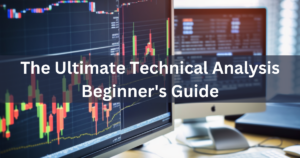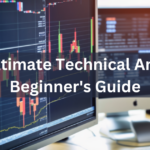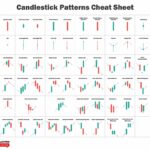Since 2007 the world has seen a period of considerable economic and financial volatility, during which gold has performed strongly with its price more than doubling. This performance has prompted some reappraisal of gold’s properties as an investment vehicle.
Over the very long-term gold tends to hold its value in real terms, but short-run factors can move gold away from its long run equilibrium for extended periods. These factors include financial stress, political turmoil, real interest rates, inflation, central bank activity and the US dollar exchange rate.
To begin our investigation into gold, we estimate an equation to explain gold price movements over the 1976-2010 period. The modelling approach suggests that all of the factors outlined above are significant short-run influences on the gold price and that shocks to the gold price tend to wear off relatively slowly. The equation also highlights the fact that whilst the current price of gold is comparatively high, the adjustment back to equilibrium could take place via a rise in the general price level, rather than a fall in the nominal value of gold.
Using the estimated equation and Oxford Economics’ Global Model, we examine the performance of gold relative to other assets from 2011-2015 over a number of variant economic scenarios. We find that while other assets outperform gold in the baseline scenario, gold performs relatively strongly in a high inflation scenario and also does comparatively well in a deflation scenario derived from a wave of defaults in the ‘peripheral’ eurozone countries. This is because such a deflation scenario includes a sharp rise in financial stress.
The scenario analysis confirms gold’s properties as a hedge against extreme events; properties that may be especially valuable given the considerable uncertainties still facing the world economy.
The study then goes on to examine gold’s place in an efficient investment portfolio using optimisation techniques and different assumed long-run returns for gold, equities, bonds, cash and property. We find that because of its lack of correlation with other financial assets, gold has a useful role to play in stabilising the value of a portfolio even if the conservative assumption of a modest negative real annual return is made.
We find gold’s optimum share of a portfolio to be around 5% in a base long-term case for the UK featuring 2.25% growth and 2% annual inflation. This is higher than levels found in typical mainstream investment portfolios, although this may be in part because the analysis does not include other assets such as index-linked bonds, foreign securities and other commodities.
Varying the economic assumptions can imply higher allocations for gold. Gold’s optimal share rises in a more inflationary scenario, as well as for more risk-averse investors in a limited growth and lower inflation scenario, thanks to its low correlation with other assets.
Collin Seow : my 2 cents, you can buy Gold , using GLD ETF thru poems. Just to SGX , under ‘G’ , the min shares you can buy is 10 share. Current price is US$152. so 10 shares = 10*US$152. commission is the same as buying any shares in SGX.Those dont have a account with me, you can open POEMS account with me by click here=>Open POEMS account











